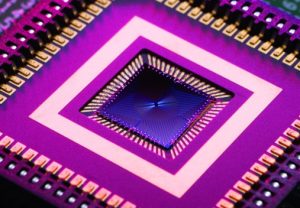NASA Launching Deep Space Optical Communications
Launching Oct. 13 with the Psyche mission, NASA’s pioneering Deep Space Optical Communications (DSOC) will be the first demonstration of laser, or optical, communications from as far away as Mars. DSOC will be used to test key technologies so that future missions can transmit denser science data and even stream video from Mars.
This is the first time NASA will test how lasers could increase data transmission from deep space. Previously, only radio waves were used to communicate with missions beyond the Moon. Moving from radio communications to optical communications will allow increased data rates, with 10x to 100x the capacity of systems currently used by spacecraft.
The DSOC flight laser transceiver is attached to the Psyche spacecraft; however, Psyche relies on traditional radio communications for mission operations. The laser transceiver features both a near-infrared laser transmitter and a sensitive photon-counting camera, but the transceiver is just one part of the technology demonstration.
DSOC will demonstrate high-rate transmission of data of distances up to 240 million miles, more than twice the distance between the Sun and Earth during the first two years of Psyche’s six-year journey.

NASA/JPL-Caltech
The flight laser transceiver and ground-based laser transmitter needs to point with great precision, and the transceiver must be isolated from vibrations, which would nudge the laser beam off target.
DSOC is paving the way for high-bandwidth communications beyond the Moon. If it succeeds, the technology could lead to high-data-rate communications with streaming, high-definition imagery that will help support humanity’s next giant leap: when NASA sends astronauts to Mars.

